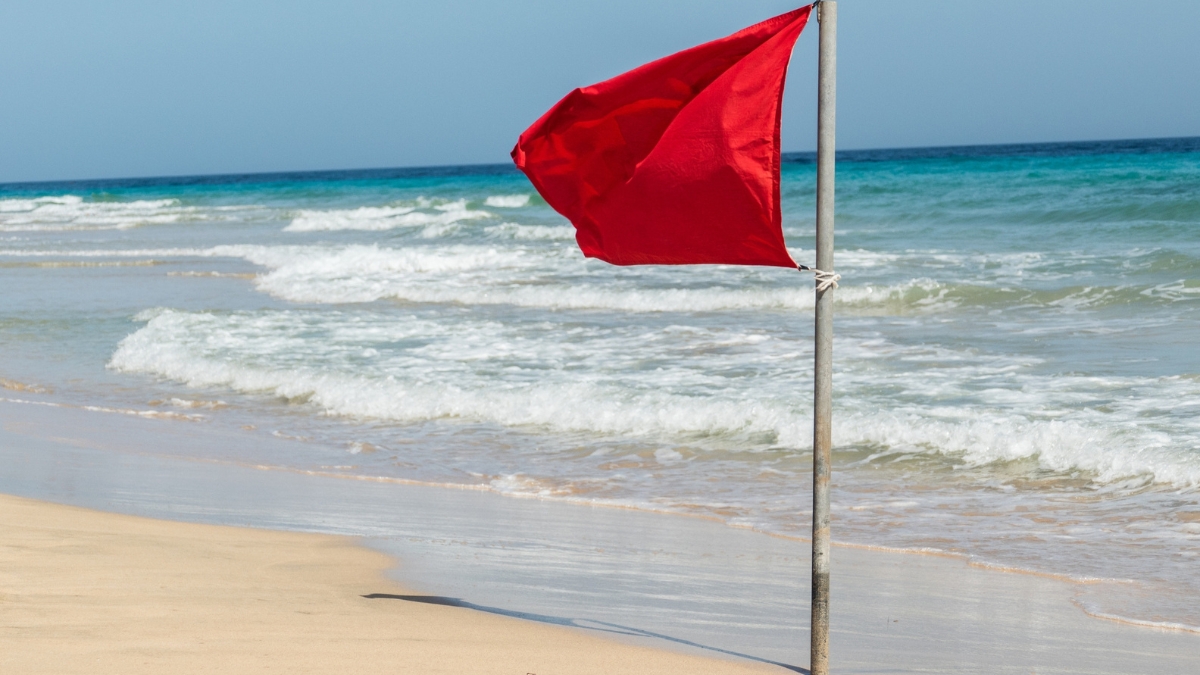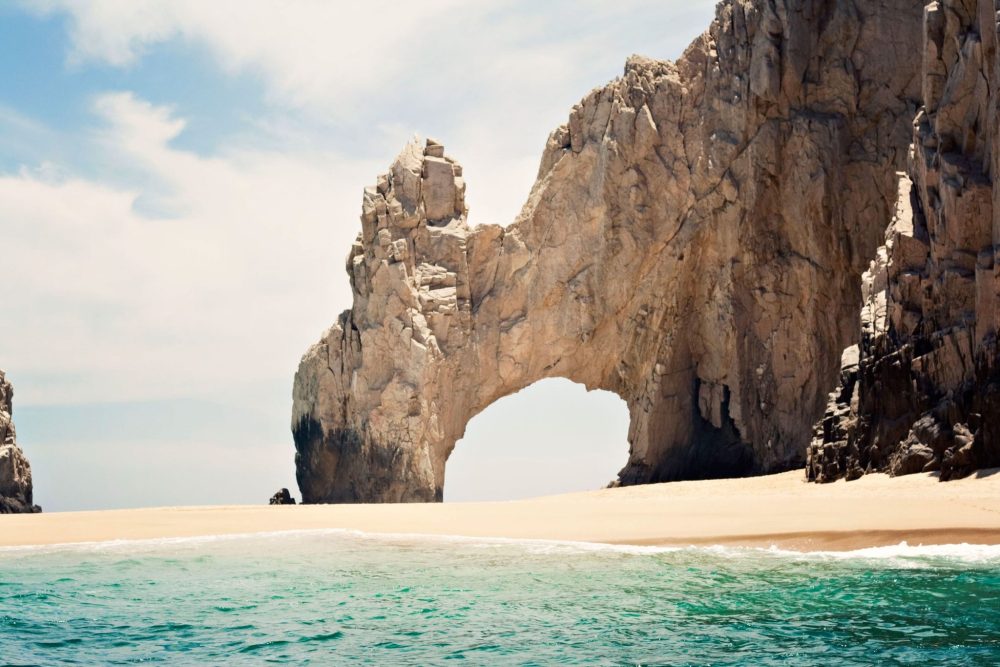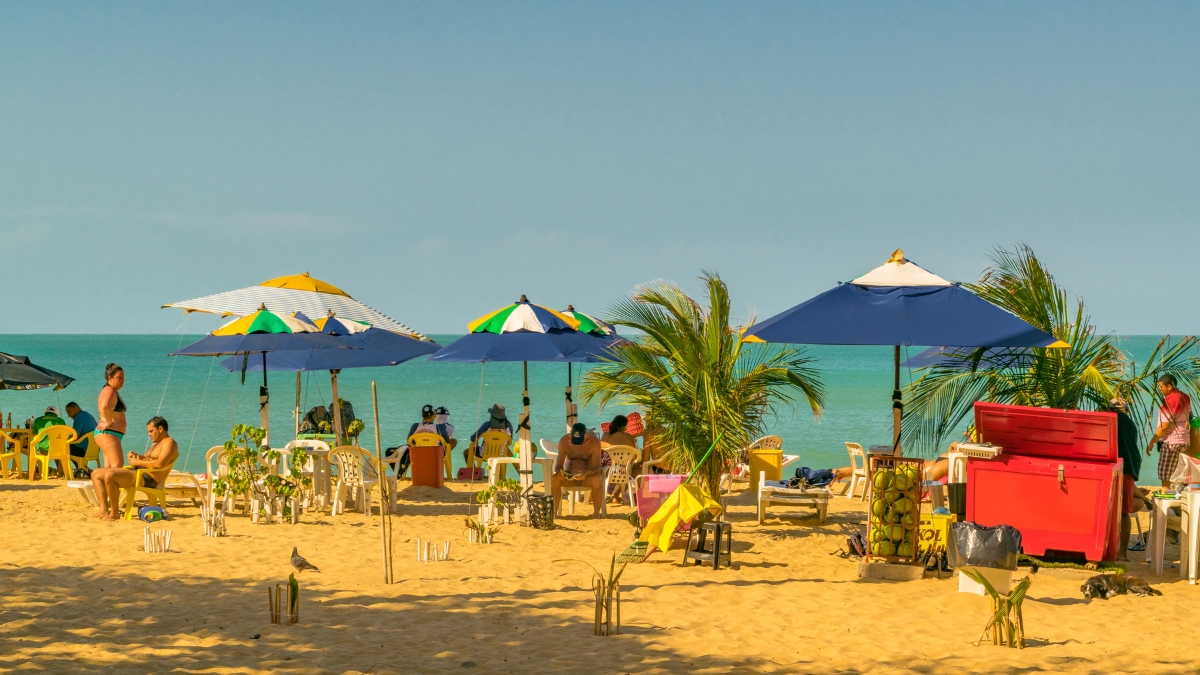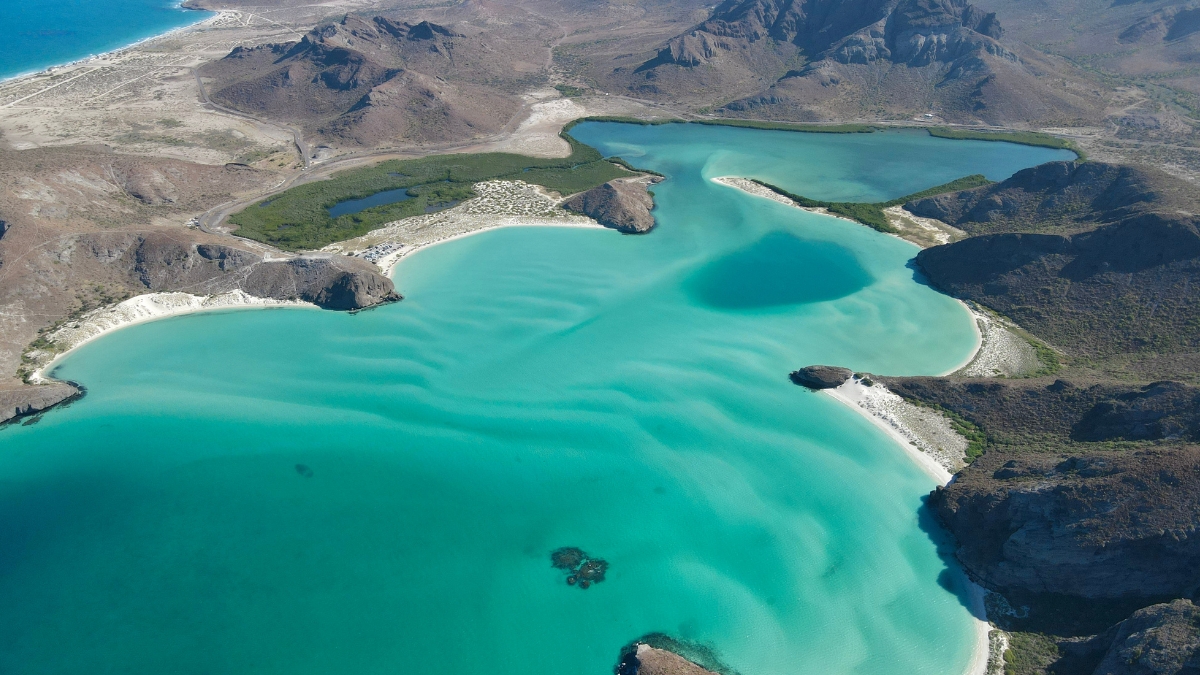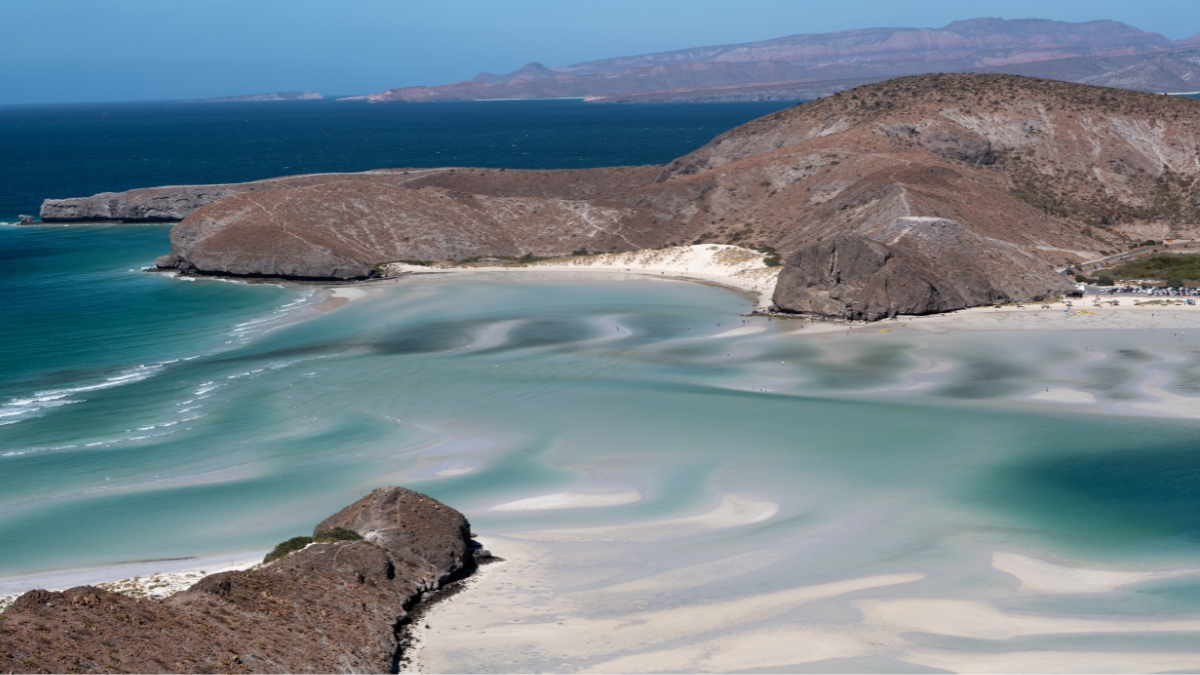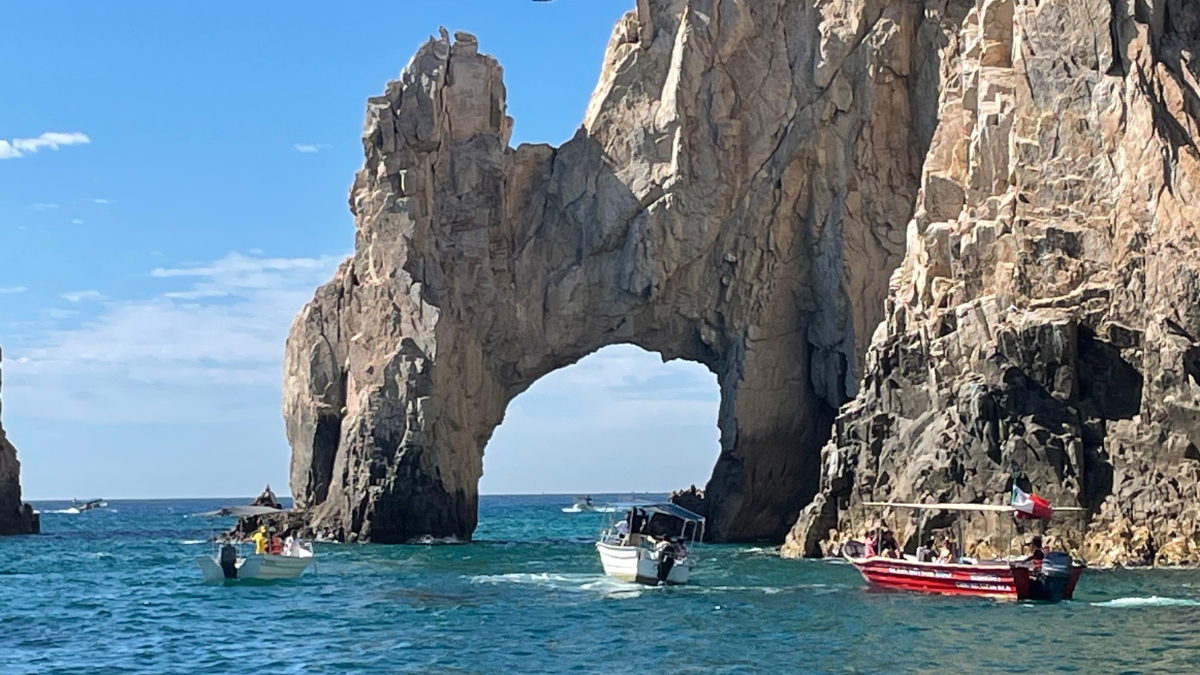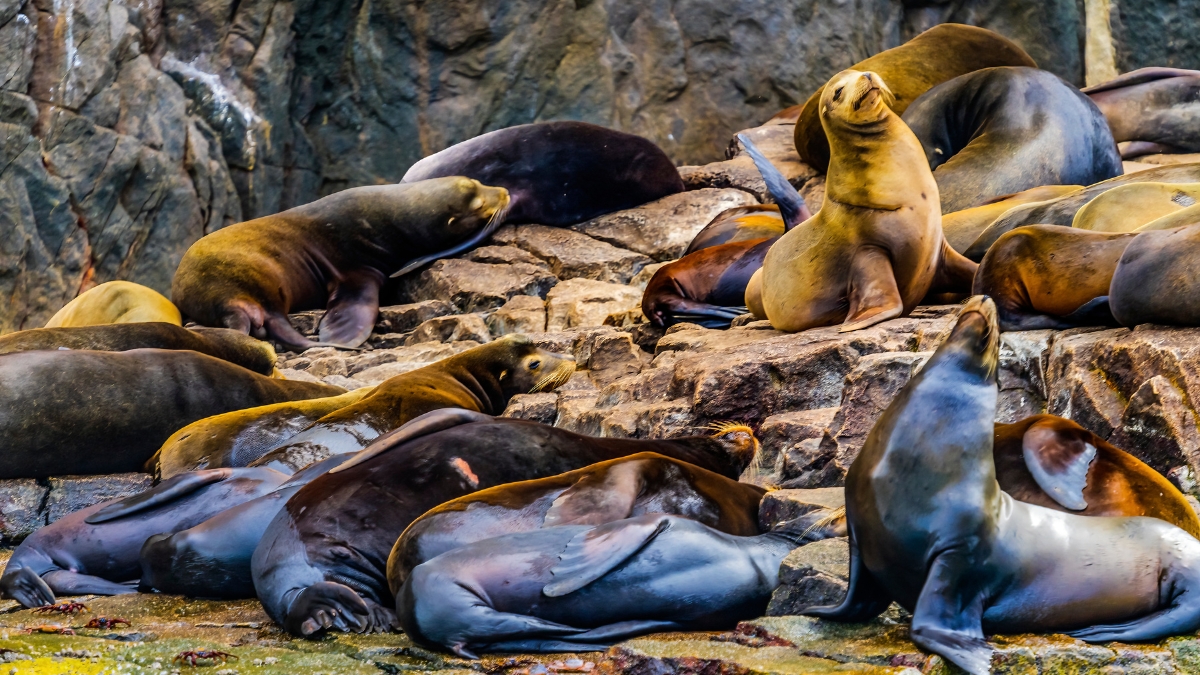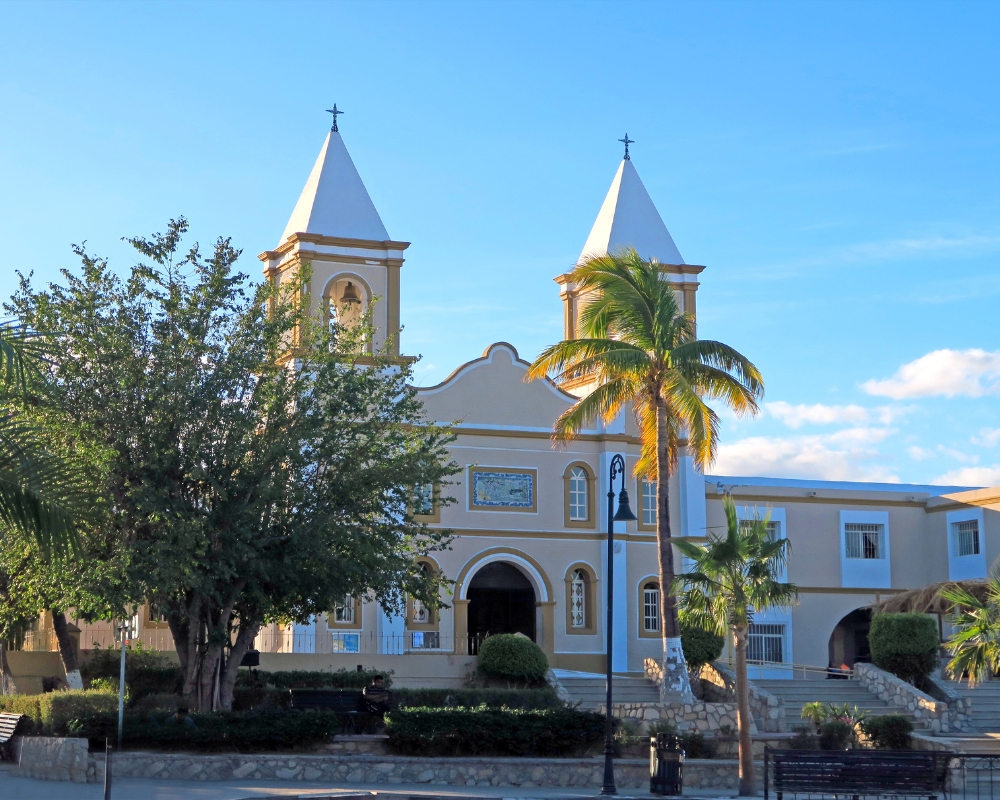Can You Swim in the Ocean in Los Cabos?
Yes, you can swim in Los Cabos at designated beaches like Medano Beach and Chileno Beach. These beaches are known for their calm waters and safety, making them suitable for swimming. Always pay attention to safety flags to ensure conditions are safe for swimming.
Los Cabos is renowned for its stunning coastlines and breathtaking beaches, which attract countless visitors annually. While the beauty of these beaches is undeniable, it’s important to know which areas are safe for swimming due to varying oceanic conditions.
Understanding the Risks: Why Is Swimming Dangerous in Some Areas?
Many beaches in Los Cabos face the open ocean, exposing them to strong waves and powerful underwater currents. The most significant point of concern is around Cabo Bay and Lands End, where the Sea of Cortez meets the Pacific Ocean. This convergence results in strong currents that can be dangerous for swimmers.
The Science Behind the Waves
The waves in the Pacific Ocean gain significant power as they travel, hitting the coastline with full force. When this energy reaches shallower waters near the coast, it is transformed into large “walls” of water. As waves slow down near the shore, their energy converts into height, leading to high, forceful waves that are not ideal for swimming.
This phenomenon is especially evident at Cabo’s famous landmark, The Arch, which was sculpted over time by the relentless force of these waves.
Safe Swimming in Los Cabos: Where and How?
Despite these conditions, there are several safe havens swimmable along the Tourist Corridor where swimming is enjoyable and secure.
Top Beaches for Safe Swimming
- Playa Acapulquito and Chileno Beach are prime locations known for their calm waters. These beaches are perfect for those looking to enjoy a peaceful swim in the ocean.
- Médano Beach, in the heart of Cabo San Lucas, and the secluded Lovers Beach near Lands End are excellent choices for safe swimming. These areas are protected from the harsher ocean currents and offer gentle, welcoming waves.
The Importance of Swimming Flags
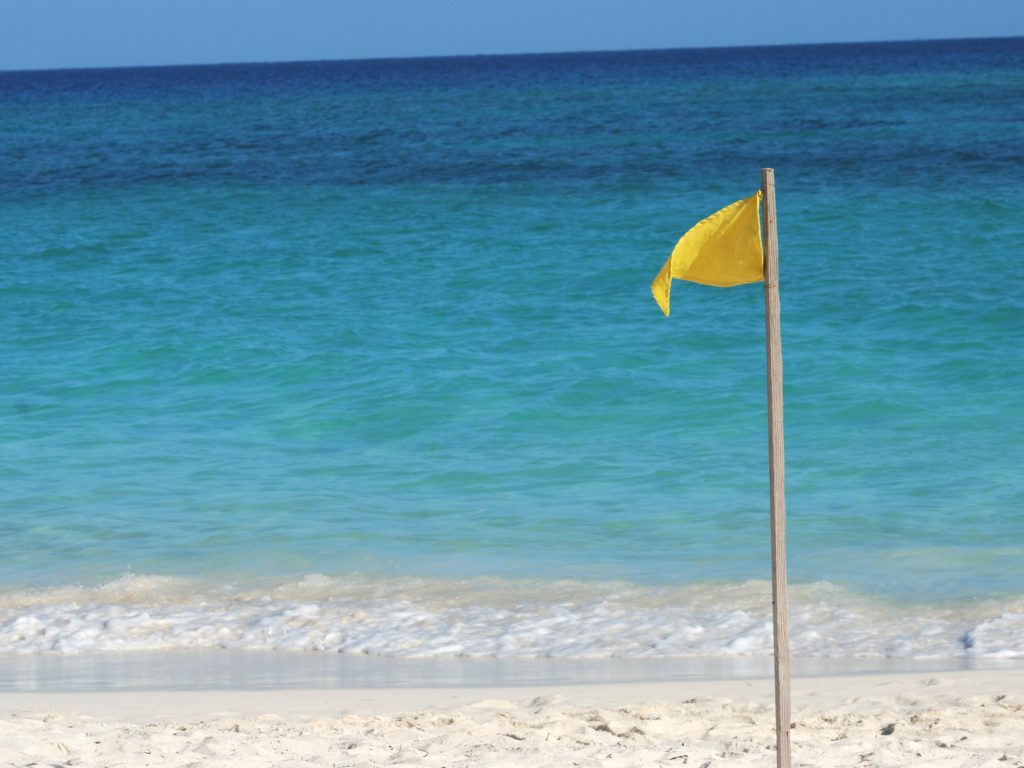
To ensure the safety of beachgoers, beaches in Los Cabos use a color-coded flag system:
- Green Flag: Safe to swim.
- Yellow Flag: Swim with caution.
- Red Flag: Dangerous conditions, swimming not recommended.
- Black Flag: Extremely dangerous conditions. Do not enter the water.
Enjoying Blue Flag Beaches
Los Cabos is also proud to host several blue flag beaches recognized globally for their cleanliness and safety. These beaches provide safe swimming conditions, stunning natural beauty, crystal-clear waters, and ample opportunities for water sports such as snorkeling and paddleboarding.
Some notable blue flag beaches include Viudas Beach, Santa Maria Beach, Palmilla Beach, and Acapulquito Beach. Each offers a unique natural beauty and safety blend, ensuring a delightful and worry-free beach experience.
While the oceans of Los Cabos can pose certain risks, understanding where and when to swim can make your visit safe and enjoyable. By adhering to the guidelines provided by the local flag system and choosing the right beaches, you can fully embrace the beauty and tranquility of Los Cabos’ shores.
Exploring the Swimmable Beaches of Los Cabos
Los Cabos boasts several beaches perfect for swimming. Medano Beach and Chileno Beach stand out for their calm waters and safety measures. These beaches meet strict standards, earning them the blue flag designation for cleanliness and safety. Tourists can enjoy swimming, paddleboarding, and snorkeling without concern. Each beach offers unique experiences, from Medano’s lively atmosphere to Chileno’s serene setting.
Medano Beach – A Swimmable Haven in Cabo
While most of Cabo’s beaches aren’t swimmable, Médano Beach stands out as one of the few swimmable beaches in Cabo. While most Cabo beaches aren’t swimmable, Medano offers safe waters. Here, you can swim without fear of strong currents. It’s a prime example of a swimmable location in Los Cabos.
Medano Beach is the perfect positive answer to the question Can you swim in Los Cabos?” It’s one of the exceptional places where swimming in Los is possible and delightful.
If you find Medano Beach crowded and noisy, other beaches in Cabo you can find your way to that are swimmable are Santa Maria and Chilleno Bay.
Understanding the Risks of Swimming in Cabo
Swimming in Cabo can be risky due to natural ocean conditions. Many beaches face the open ocean, exposing them to strong waves and powerful currents. The convergence of the Sea of Cortez and the Pacific Ocean at Lands End creates hazardous conditions. Strong currents and high waves dominate these areas, making them unsuitable for safe swimming. Tourists should always check local conditions and adhere to safety flags at beaches.
Safety Guidelines for Swimming in Los Cabos
Choose designated swimming areas. Beaches like Medano and Chileno are monitored and marked safe for swimmers. Always observe beach flags; green means safe, red signals danger. Swim near lifeguard stations for added safety. Avoid alcohol before swimming; it impairs judgment and physical ability. Stay hydrated and apply sunscreen regularly, especially during peak sun hours. Inform someone on the shore of your swimming plans. Be cautious of marine life and preserve the natural habitat.
The Beauty and Allure of Los Cabos’ Coastline
Los Cabos’ coastline captivates with its stunning natural beauty. The beaches range from golden sands to rugged cliffs, each offering a unique backdrop for visitors. Clear blue waters invite you to dive into a world of vibrant marine life and coral displays. Sunsets paint the sky with colors that enhance the serene experience. Local flora and the occasional sight of marine wildlife add to the charm. This picturesque setting is perfect for both relaxation and adventure.

